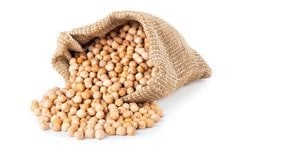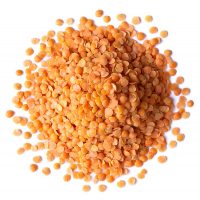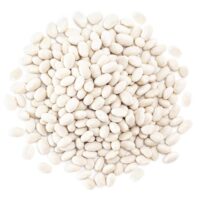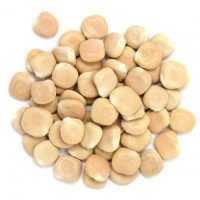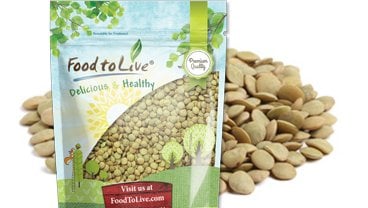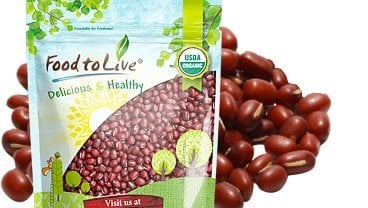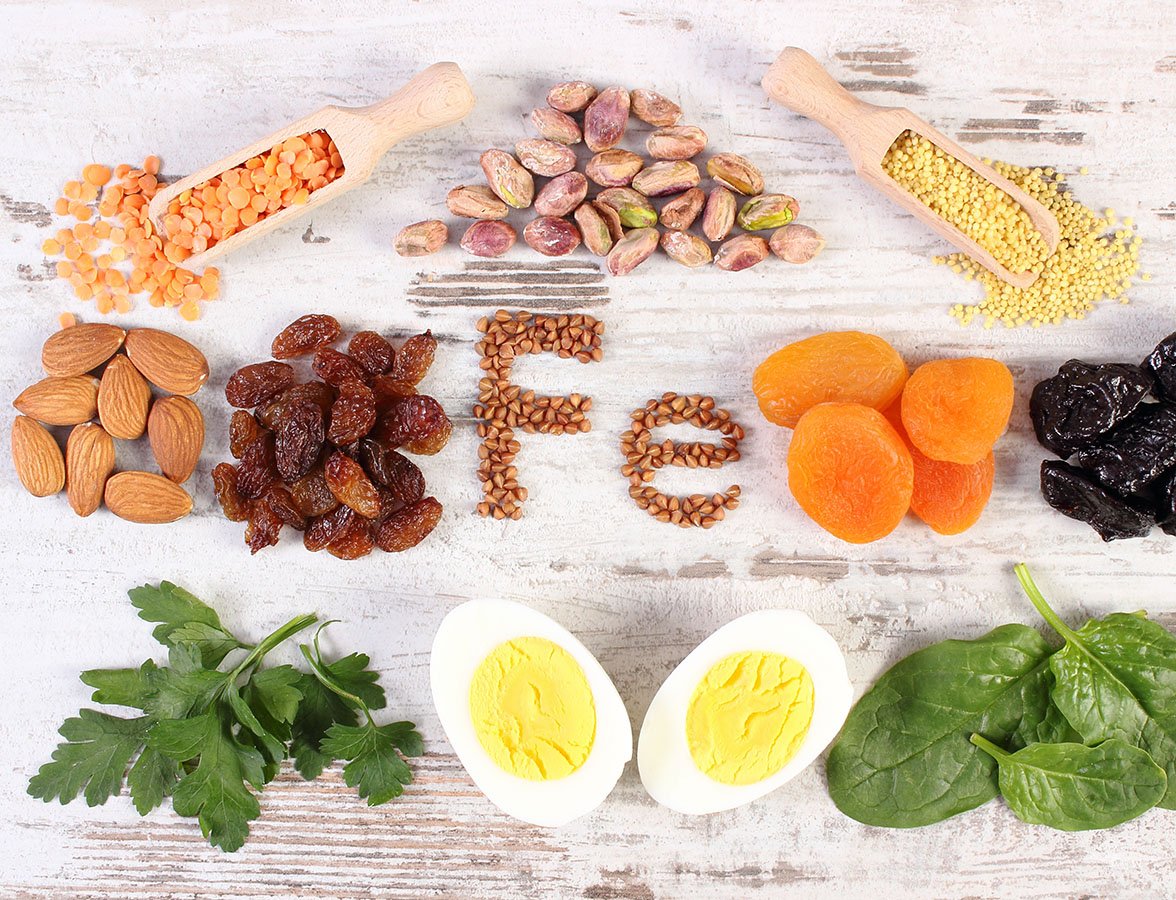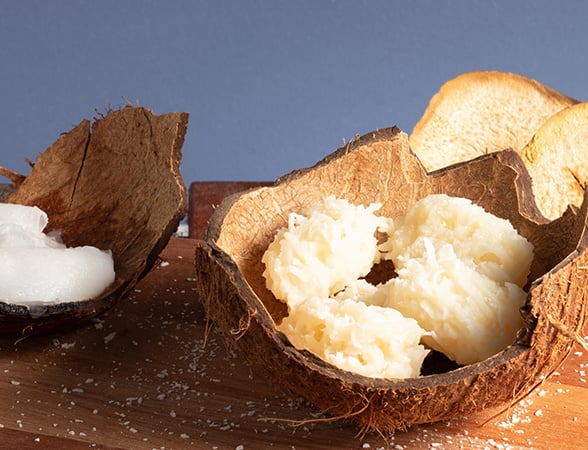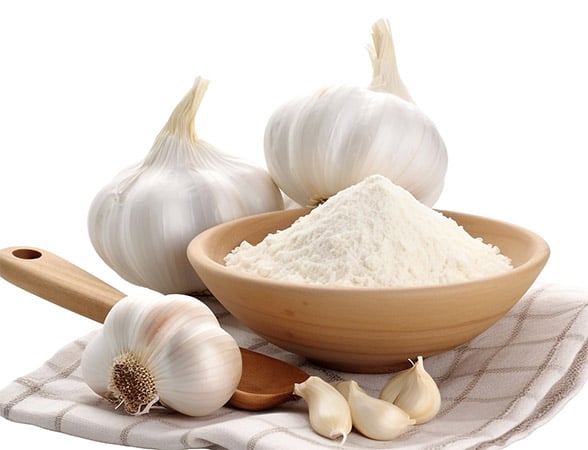March 26, 2015 · Written by Foodtolive Team
Are Legumes Good or Bad for You
Legumes are plants that produce pods with seeds. Some of the most common of them are beans and peas. Peanuts also belong to this family of plants and therefore aren’t really nuts. Taste, nutritional value and shape of legumes can vary, but one thing common for all of them is that they do contain a great number of nutrients.
Vegetarian and vegan diets include legumes as a replacement for red meat due to their high protein contents. Soybeans are especially good for this purpose, and today you can even find various soy products that are designed like meatballs and cutlets. With the right sauce and spices, they can taste almost like meat. This is a good option for those who still struggle with their dietary changes.
However, there is one disturbing factor you need to consider before stocking your pantry with various kinds of legumes. If you do some research, you will see that many sources claim these foods to be harmful instead of useful.
Is this true?
Let’s find out by comparing the pros and cons of adding legumes to your diet.

Pros of Legumes
1. Nutritional value of legumes is extremely high.
Lentils contain fiber, iron, protein, magnesium, potassium, zinc, copper, manganese, phosphorus, and vitamins B1, B3, and B5.
2. Low calorie count.
A cup of cooked lentils contains about 230 calories. Considering the actual nutritional value of the product, this number is rather low. Therefore, this food is good for dieting.
Sponsored by Food to live
3. Availability.
Legumes are relatively cheap and widely available. Under the right conditions, they can be stored for quite a while.
4. Weight loss.
Legumes are rich in soluble fiber and starch. Both these elements are very satiating, so you can avoid hunger pains with the right diet and lose some weight.
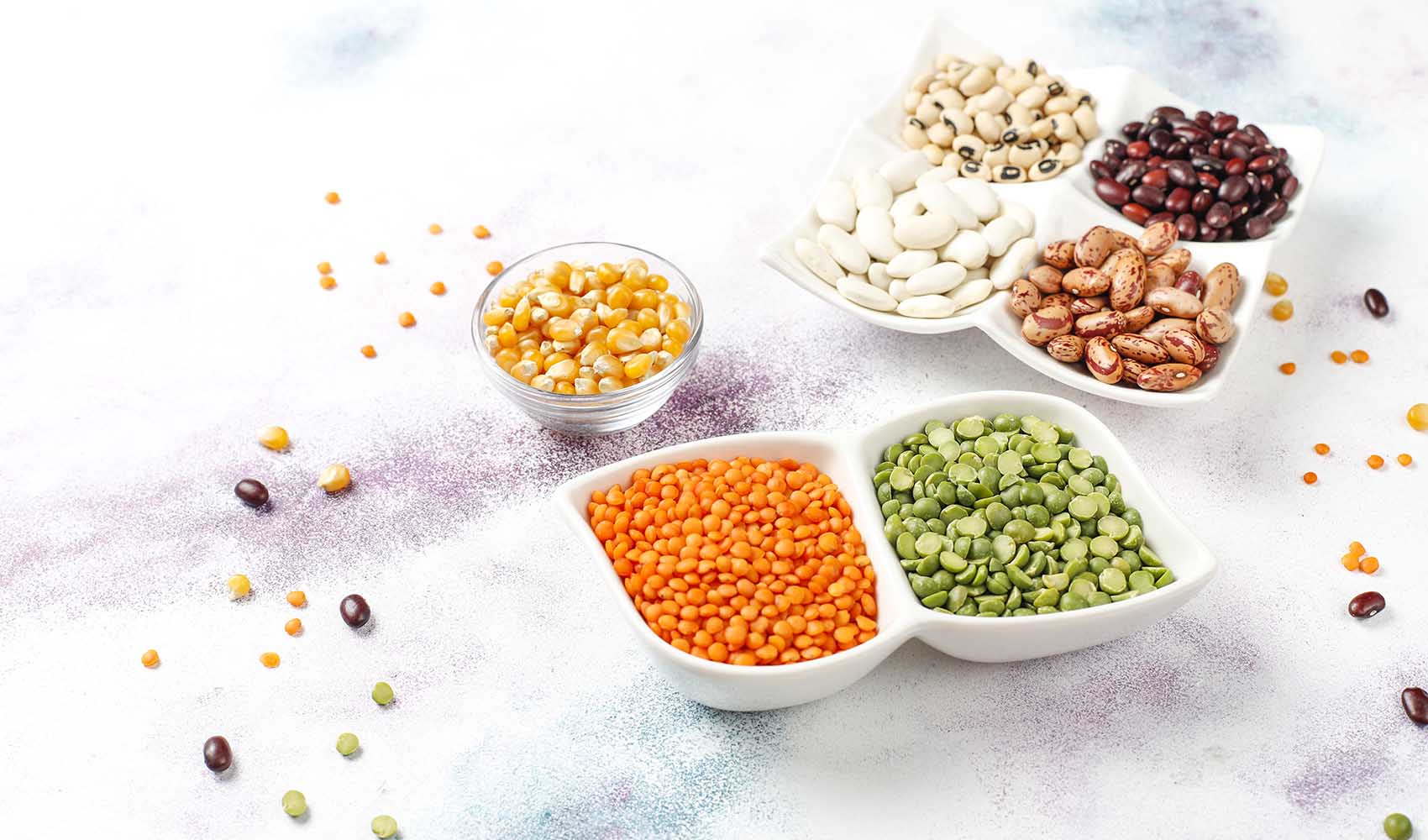
Cons
1. Phytic acid.
Phytic acid is an element that is present in all edible plant seeds. It isn’t dangerous or harmful in itself, but it impedes your body’s ability to process and absorb iron, zinc and calcium.
In essence, the amount of phytic acid in legumes is low and won’t give you any trouble. However, the situation can change if your diet mainly consists of grains and seeds, both of which contain phytic acid. To counter this problem, vegetarians and vegans should try fermenting, sprouting or soaking some of the seeds and grains. This will remove the offending element from them.
2. Lectins.
Lectins are proteins that stubbornly resist digestion. Some of them are even toxic, but their content in legumes isn’t high enough to pose any danger.
However, to eliminate any risk, you shouldn’t eat any legumes unless they are properly cooked.
Even the small amount of lectins can be completely neutralized if you soak the beans overnight and then boil them for 10 minutes at 212 F.
3. Gas and bloating.
Starch and soluble fibers from legumes feed the good bacteria in your intestines, but this can lead to bloating and gas. Although this effect is hardly pleasant, it isn’t dangerous and is in fact a sign of healthy colon function.
Do note that all those nasty things that can pose any danger to your health are an issue only when you eat legumes raw. The process of cooking should eliminate any problems.

